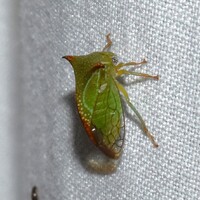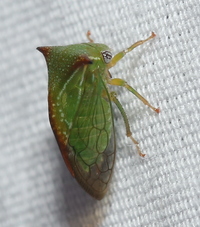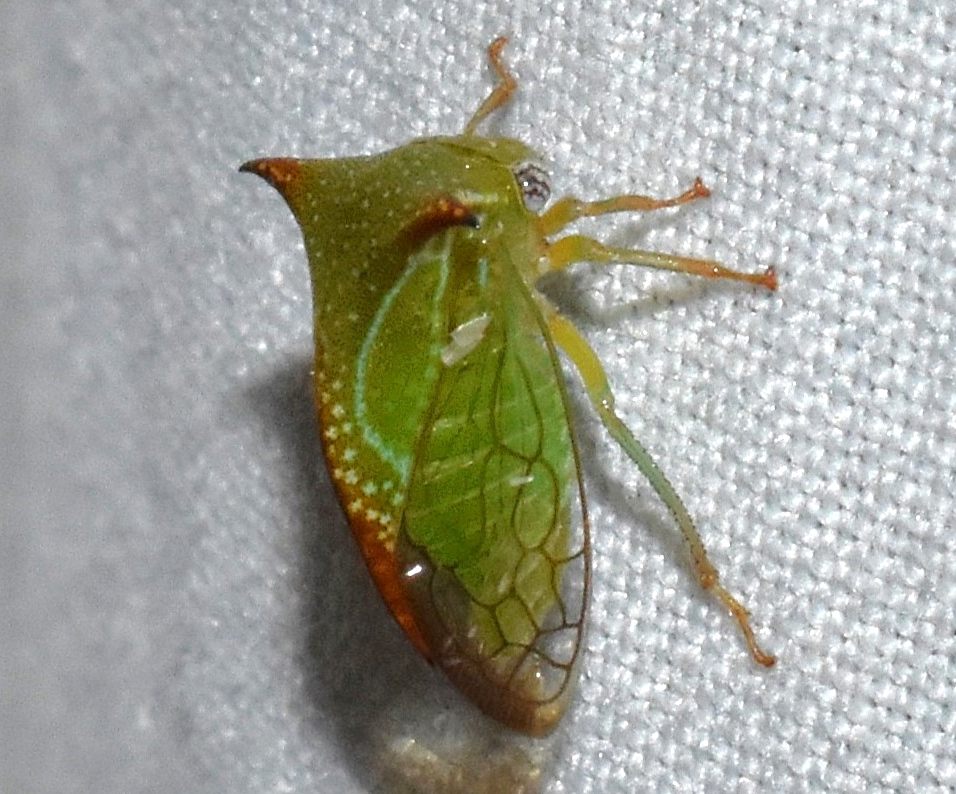|
|
|
|
Species Photo Gallery for Stictolobus borealis No Common Name 4 |
 | Photo by: Jeff Niznik, David George
Chatham Co.
Comment: |  | Photo by: Jeff Niznik, David George
Chatham Co.
Comment: |
 | Photo by: David George
Orange Co.
Comment: Stictolobus borealis; habitat wet hardwoods - unid_treehopper |  | Photo by: David George
Orange Co.
Comment: Stictolobus borealis; habitat wet hardwoods |
|

 »
»


 »
»
